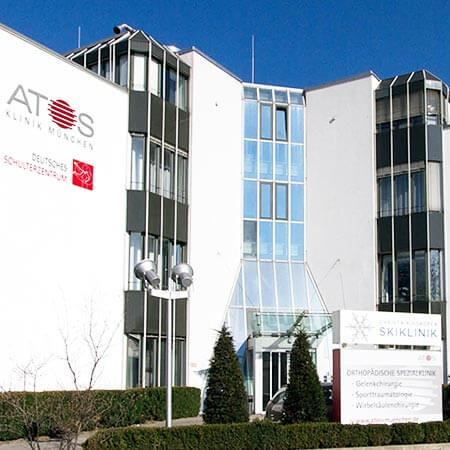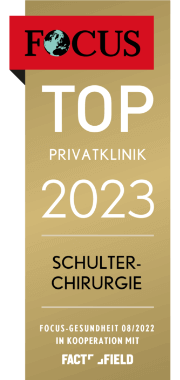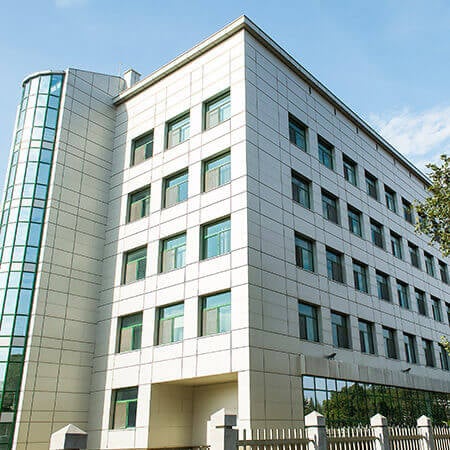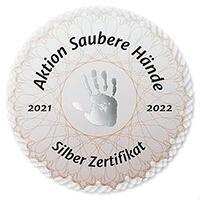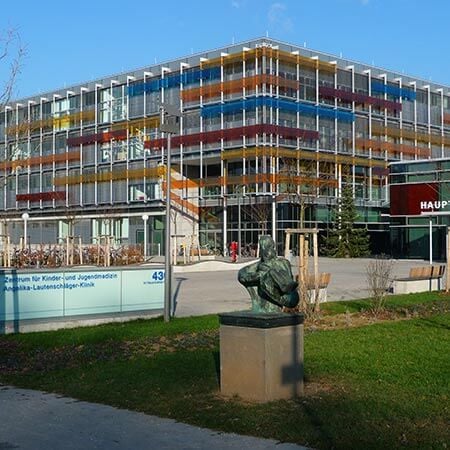About the disease
Rotator cuff injury is a tear in the shoulder joint. Rotator cuff is a group of four muscles, surrounding the shoulder. They fixate the arm in one place and allow it to move in different directions. Injury of rotator cuff can develop as a result of professional trauma, age or serious fall on the shoulder. Lifting heavy weights can also contribute to development of this disease. Tennis and baseball players, whose shoulders play vital role in the game, are at highest risk. Football players and swimmers can also develop in the span of their career.
According to BoneAndJoint.org.uk, 54% of rotator cuff cases occurs in patients over 60 years of age. Overall, 31% of people over 70 have rotator cuff tear. It can vary from a mild to a severe form.
Symptoms
- Continuous pain in the shoulder
- Tenderness
- Weakness of the shoulder
- Numbness of the arm
- Crackling sounds during shoulder movements
- Difficulty sleeping on the shoulder
In most cases symptoms tend to gradually worsen to the point when it becomes very difficult for a person to use his/her hand, that's why it is important to get timely treatment. The process of rotator cuff tear development can last from several weeks to several months.
Diagnosis
- During physical examination doctor will examine your arm and rotate it in different directions to see which joint exactly causes the pain.
- X-Ray of the arm will show if the rotator cuff is torn.
- Arthrogram creates more detailed image of the arm by injecting dye into the joint.
Treatment
- Arthroscopic shoulder joint surgery is a procedure when the tiny camera is inserted into the joint through several small incisions. This allows the surgeon to apply other instruments to fix and repair the rotator cuff. The damaged tissue can also be removed during this surgery.
- Physical therapy after surgery is recommended as a part of rehabilitation. You will have to do special exercises to return to shoulder its mobility and prevent new tears.
Good news is that you have high chances of returning to sport if you embarked on the treatment on time. It also has good prognosis for people who underwent physical therapy after surgery.
Authors: Dr. Nadezhda Ivanisova, Dr. Sergey Pashchenko
